If you live in a warm environment, you really must pick a dog that can endure heat. While all dogs can overheat, some breeds are more suited to extreme temperatures than others. When selecting a dog for hot conditions, one should take coat type, size, and breed origin among other things. This page will go over some of the greatest canines for hot weather as well as what qualifies them for warmer regions.
A dog’s coat type is one of the most crucial things to take into account while selecting one for hot conditions. In warm weather, dogs with thick, heavy coats may find it difficult to control their body temperature; dogs with short, thin coats are better suited to tolerate the heat. Dogs with light coats can also be more adapted to hot conditions than those with darker coats. One further thing to take into account is the breed’s beginnings. Originally developed in warmer climates, like the Basenji or the Pharaoh Hound, dogs from these backgrounds are frequently more suited to manage hot conditions than those from colder climates.
Additionally crucial while selecting a dog for hot conditions is their size. Because their surface area to body mass ratio lets them cool off more effectively, smaller dogs—such as French Bulldogs or Chihuahuas—are frequently more suited for hot weather than bigger breeds. All canines, regardless of size, can, nevertheless, overheat in very high temperatures. You can pick a dog that will flourish in hot temperatures and be a terrific friend for your warm climate way of life by weighing elements such as coat type, breed origin, and size.
Understanding Canine Heat Tolerance
Living in a hot climate call for selecting a dog breed that can withstand high temperatures. Maintaining your dog’s safety and health in hot weather depends on an awareness of canine heat tolerance.
Adaptation to Warm Climates
Native hot environment dogs have developed to withstand high temperatures. Breeds such as the Australian Cattle Dog, Pharaoh Hound, and Chihuahua have evolved to fit hot conditions by acquiring morphological features that enable better management in hotter surroundings. Short coats, light-colored fur, or even anatomical changes improving heat tolerance can all be among these features.
Signs of Overheating in Dogs
Dogs should have their overheating symptoms identified since heatstroke can be fatal. Signs of hyperthermia include drooling, extreme panting, drowsiness, vomiting, and collapse. Should you observe any of these signs, you should bring your dog to a cool, shaded area and offer water. A cool, moist towel might also assist in reducing their body temperature. See a veterinarian right away if the state of your dog does not get better.
Knowing canine heat tolerance and identifying overheating symptoms will enable you to assist keep your dog safe and healthy in hot conditions. Always make sure your dog has lots of drink and shade; avoid working them in the hottest of the day.
Physical Characteristics of Heat-Resilient Dogs
When it comes to choosing a dog that can handle hot weather, it’s important to consider their physical characteristics. Here are some key factors to keep in mind:
Coat Type and Color
Dogs with short, thin coats typically do better in hot weather than those with thick, heavy coats. This is so because their coats let them more efficiently control their body temperature since they trap heat less readily. Dogs with light-colored coats also reflect more sunlight, which may help them remain cooler.
Shape and Body Size
Smaller dogs have less body mass to create heat, hence they usually do better in hot weather than larger dogs. Dogs with slender, athletic builds also are more suited for hot temperatures than those with stockier builds. This is so because their larger surface area-to volume ratio enables more efficient heat dissipating ability.
Snout Length and Breathing Patterns
Shorter snouts—that of pugs and bulldogs—often pose difficulty for dogs in hot weather since they find it more difficult to breathe. This is so because their thinner and more restricted airways might make panting difficult. Conversely, dogs with longer snouts—such as greyhounds and whippets—are more suited to cope with hot temperatures because their broader airways enable more effective panting.
Generally, one should take physical traits of a dog that can withstand heat conditions into account. Choose a dog with a short, thin coat, lean athletic physique, and a longer snout to help guarantee that your pet is comfortable and healthy even on the hottest of days.
Best Breeds for Hot Weather
Making sure your furry friend is happy and healthy depends on selecting the correct dog breed for your surroundings. Choosing breeds that can fairly withstand high temperatures is very crucial in hot locations. Ideal dogs for such conditions are those with short coats, slim bodies, and inherent tolerance to warm weather. These are some excellent dog breeds suited for hot climates:
1. Chihuahua
Little dogs with a keen and vigilant attitude are chihuahuas. Their short coats fit warm areas really perfectly. Mexican by origin, they are inherently heat-adapted. Their little weight and low demand for intense exertion also enable them to cope well in hot temperatures.
2. Basenji
One medium-sized dog with great intellect and independence is the Basenji. This breed’s short and fine coat helps them to manage hot temperatures. Originating in Central Africa, Basenjis have developed to flourish in hot environments. In terms of grooming, they are also somewhat low-maintenance—a benefit in hot climates.
3. Dalmatian
Dalmatians have short, thick coats and are medium to large canines. Active families would find them ideal friends as they are vivacious and outgoing. Originally bred in warm environments and can rather comfortably withstand heat, Dalmatians are known for their endurance. Furthermore, offering some sun protection is their unique speckled coat.
4. Ibizan Hound
Middle-sized dogs with either smooth or wire-haired coats are Ibizan Hounds. Excellent pets are those who possess athletic and devoted traits. Ibizan Hounds, native to the Balearic Islands, are suited for mild temperatures. Their short coats and slim bodies enable them to remain cool in heated surroundings.
5. Egypt Hound
Short, lustrous coats define medium-sized dogs like Pharaoh Hounds. They are great friends since they are bright and amiable. From the Mediterranean, where they have evolved to fit scorching conditions, this ancient breed is Their limited fur, and elegant forms make them especially fit for heated conditions.
6. Whippet
Whippet dogs are medium sized with short, silky coats. Though fast and agile, they are mild and sociable. Designed for racing, Whippets’ slim body and short fur help them to manage in hotter weather. Families in warmer climes would find them ideal pets since they also have a calm attitude.
7. Greyhound
Big Breeds with short, sleek coats are greyhounds. Though famed for their racing ability, they are mild and loving. These dogs’ sleek physique and low fur count help them to perform effectively in hotter conditions. Greyhounds are also rather low energy indoors, which makes them pleasant friends in hot conditions.
8. Xoloitzcuintli, the Mexican hairless
The Mexican Hairless, or Xoloitzcuintli, can be either hairless or covered and comes in several sizes. Their lack of fur qualifies them for hot climates; they are docile and loving. Mexican origin, these dogs are perfect for warm climates since they are naturally suited to manage high temperatures.
9. Australian Cattle Dog
Short, weather-resistant coats allow Australian Cattle canines to be medium-sized canines. Designed to labor in the hot, tough Australian outback, they are energetic and devoted. For busy owners in warm climes, their resilience and heat tolerance make them outstanding companions. Though they can tolerate extreme temperatures, they need frequent activity.
10. Canaan Dog
Canaan Dogs have short to medium-length coats and are medium-sized. Originally from the Middle East, they are clever and vigilant. Canaan Dogs, adapted to desert conditions, can manage scorching temperatures. Their tough character qualifies them for warm areas; their coats offer some sun protection.
Each of these breeds has specific traits that make them well-suited for hot weather, ensuring they can stay comfortable and happy even in warmer climates.
Taking Care of Your Dog Through Hot Weather
Your acquaintance should be especially cared for when the temperature rises. These suggestions can help you to keep your dog comfortable and safe in hot weather.
Shadow and Water
Make sure your dog has constantly access to cool, fresh water. An insulated water bowl will help to extend the water’s coolness. Especially in the warmest of the days, give your dog lots of shade so she may relax. If your dog spends time outside, think about creating a shady space covered in a canopy or umbrella.
Heat and Exercise
Steer clear of dog exercise during the hottest of the days. Rather, stroll early in the morning or late at night when the weather is cooler. Watch your dog for symptoms of overheating include lethargy, drooling, or too frequent panting. Move your dog to a cooler space right away if they seem to be overheated.
Advice and Cooling Products
Several goods and ideas might help your dog stay cool in hot weather. Relief from the heat might come from vests, bandanas, and cooling mats. To make a cool snack, you might also freeze some of your dog’s goodies or toys. If your dog likes swimming, bring them to a dog-friendly lake or pool to cool off.
Also Read 5 Best Cooling Dog Beds in 2024
Recall that dogs can rapidly overheat in hot weather; so, it is crucial to take care to ensure their comfort and safety. These ideas will assist your animal friend stay cool and savor the summer.
Health Issues Affecting Dogs in Heat
Dogs require particular care to remain comfortable and healthy in hot weather. Here are some crucial health issues to give thought:
Heat stroke and dehydration
In hot weather, dogs can rapidly get dehydrated—especially if they are active or spend time outdoors. Lethargy, sunken eyes, and dry lips are indicators of dehydration. For dogs in warmer weather, another major issue is heatstroke. Heatstroke symptoms include vomiting, fast heartbeat, and heavy panting. See veterinarian right away if you believe your dog suffers from heatstroke or dehydration.
Paw Pad Burn and Sunburn
Sand and hot pavement can burn paw pads of your dog, resulting in discomfort and anguish. Steer clear of walking your dog on hot surfaces in the hottest times of the day to prevent paw pad burns. Dog booties or paw wax will also help to guard your dog’s paws. Dogs in warmer weather—especially those with light-colored fur—also worry about sunburn. Applying dog-safe sunscreen to your dog’s nose, ears, and other exposed places will help guard them from sunburn.
Parasite Frequency in Warm Climate
Additionally, more common in warm temperatures are parasites including fleas, ticks, and mosquitoes. Among the diseases these parasites can pass to your dog are West Nile virus, Lyme disease, and heartworm disease. Make sure your dog is current on their prophylactic meds and stay away from places known to be hotspots for parasites.
Remembering these health issues will help you make sure your dog is comfortable and healthy in hot weather.
Training Dogs for Hot Climates
Hot weather calls for training your dog to be at ease in the heat. Your dog can be helped to adjust to hot conditions and identify the indicators of heat tolerance using many methods.
Methods of Acclimatization
Gradually exposing your dog to heat is one of the best ways to help them adjust to hot weather. Start by walking them early in morning or late evening, in cooler portions of the day. Gradually stretch your walks in length and intensity as your dog grows more at ease.
Giving your dog lots of water and shade will also help them to adjust to hot conditions. Make sure your dog always has fresh water available to them and give them a covered spot to relax when they need a cool-off from the heat.
Indices of Behavioral Heat Tolerance
You should be alert for the indicators that your dog is overheated. Among the behavioral indicators of heat tolerance include lethargy, drooling, and too frequent panting. Should your dog show any of these symptoms, you should bring them to a cooler area and offer water.
Dog Nutrition in Hotter Areas
Maintaining your dog’s health in hot weather mostly depends on appropriate diet. These guidelines will help you make sure your dog is getting the correct nutrition to flourish in warmer climates:
Hydration
Your dog should first and most importantly be staying hydrated. Dogs may rapidly become dehydrated in hot temperatures, which can cause major medical issues. Your dog should always have access to lots of fresh, clean water. To keep the water cool, you could also wish to think about introducing ice cubes to your dog’s water bowl.
Right Diet
Apart from keeping your dog hydrated, you should provide it a suitable food for hot weather. Dogs from hotter climates could benefit from a diet reduced in fat and protein as these foods might boost your dog’s metabolic rate and create more body heat. Rather, search for dog chow heavy in moisture with lots of fruits and vegetables.
Electrolytes
Dogs exercising in hot weather could also gain from electrolyte pills. Electrolytes can stop dehydration and help your dog’s fluid balance to be regulated. Most pet retailers carry electrolyte pills specifically for dogs.
Avoid Overfeeding
In hot weather, it’s also crucial to keep from overfeeding your dog. Overweight or obese dogs may find it more difficult to control their body temperature, which can be problematic in hotter climates. Keep your dog on proper portion sizes and steer clear of offering it too many treats or table scraps.
Following these rules will help you help your dog remain healthy and content in hot weather.
Stories and Stories About Dogs and Heat
Regarding dogs and hot weather, a lot of false information exists that might cause serious problems. Separating fact from myth will help you to protect your furry pet.
First 1: Dogs are heat sensitive.
Against common assumption, dogs are not impervious to heatstroke. Dogs can indeed experience heatstroke and exhaustion, same as people can. Some breeds, such those with short snouts, are more likely to have heat-related problems.
Myth 2: A Shaved Coat Will Cool Your Dog
Although shaving your dog’s coat in the summer makes sense, it really does more damage than benefit. A dog’s coat shields from sunlight and helps control body temperature. Shaving could expose your dog to dangerous UV radiation and raise her chance of overheating.
Myth 3: Ignoring a cracked window in the car is safe
Leaving your dog in a parked car—even with a window open—can be fatal. On a 70°F (21°C) day, Petful claims that the temperature inside a car may exceed 100°F (38°C) in 20 minutes. Heatstroke can so develop in a couple of minutes.
Myth 4: Dogs Don’t Need Water as Often in the Summer
Dogs Don’t Need Water as Often in the Summer Dehydration in hot weather may be rather problematic. Dogs always require fresh water, particularly in hot weather conditions. When outside, make sure your dog has access to water and shade.
Knowing these common misunderstandings and false ideas will help you to keep your dog healthy and safe during hot weather.
Wrap Up
Selecting a dog breed that fits hot conditions means weighing coat type, size, and breed history. Choosing a breed naturally suited for warmer temperatures can help you to guarantee that your pet remains healthy and comfortable. Keep in mind to offer lots of shade, drink, and steer clear of vigorous activity during hottest times. Knowing the indicators of overheating and acting early can enable your dog to lead a content, safe life in hot surroundings. Your dog friend may thrive even in the hottest surroundings with the correct treatment and attention.
FAQ
Why would one want to select a dog breed fit for hot conditions?
The health and welfare of your dog depend on its breed choice being able to withstand hot conditions. Dogs unfit for high temperatures may find it difficult to control their body heat, which may cause overheating, heat exhaustion, or perhaps heatstroke. Breeds adapted for warm temperatures have physical traits and behaviors that enable them to remain cool and comfortable, therefore guaranteeing their capacity to lead a happy and healthy life in such surroundings.
What physical traits qualify a canine breed for hot conditions?
Usually with short, thin coats that trap less heat and provide better temperature control, dogs fit for hot conditions are Additionally helpful are light-colored coats since they reflect rather than absorb sunlight. Furthermore, superior in heat dispersing and panting effectively are breeds with slender, athletic bodies and longer snouts. These physical characteristics enable certain canines to remain cooler in extreme heat.
Which little dog breeds fit for hot climates?
Chihuahuas and Basenjis are small dogs fit for hot environments. Short coats and natural adaptation to the warm Mexican environment help Chihuahuas to be comfortable in hot conditions. Originating from Central Africa, basenjis likewise have short, elegant coats and are renowned for their adaptation to heated surroundings. Their small stature and low exercise need help them control heat even more.
Which medium-sized to giant dog breeds could be able to tolerate extreme temperatures?
Dalmatians, Ibizan Hounds, and Pharaoh Hounds are among several medium to large dog breeds suited for hot conditions. Dalmatians are enthusiastic and have short, dense coats that fit busy families in warm regions. From the Mediterranean and Balearic Islands respectively, Ibizan Hounds and Pharaoh Hounds have slim bodies and short coats that keep them cool. These breeds can efficiently tolerate high temperatures and are naturally suited for warmer conditions.
Exclusively for hot temperatures are any hairless dog breeds appropriate
Indeed, for hot environments the Xoloitzcuintli, sometimes referred to as the Mexican Hairless, is a superb breed. This breed comes in all sizes and may be either hairless or covered. Particularly the hairless version is ideal for warm weather since the lack of fur lets more heat escape, so facilitating better cooling. Mexican in origin, these dogs are naturally suited to cope with extreme temperatures and can flourish in hot surroundings.
Interesting Read



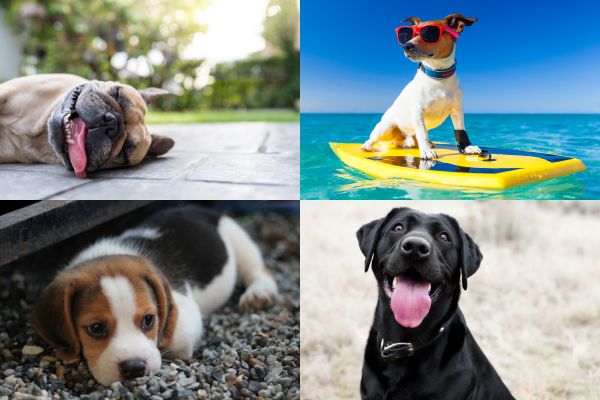


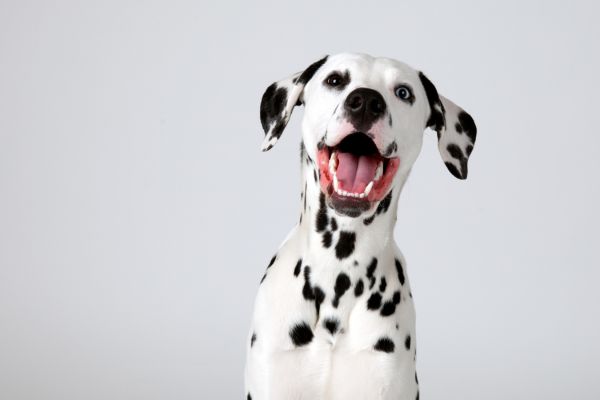

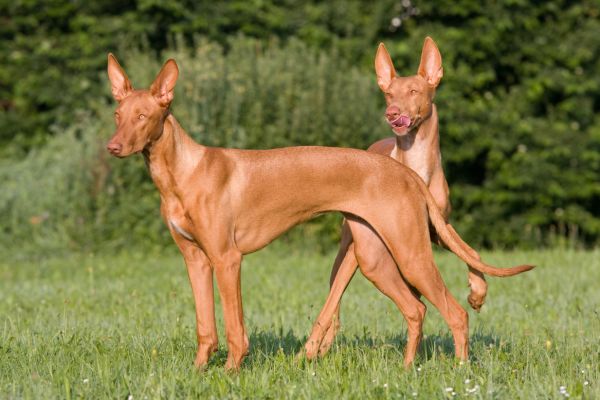
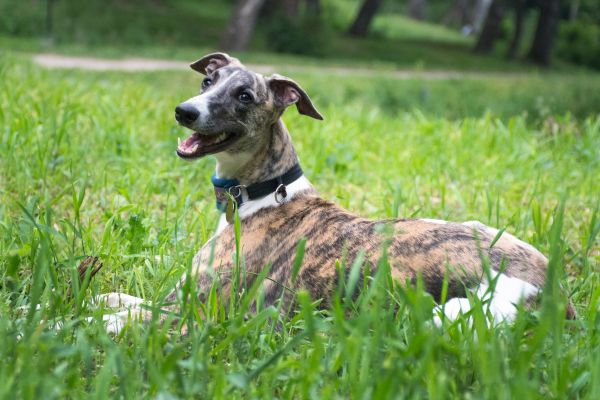

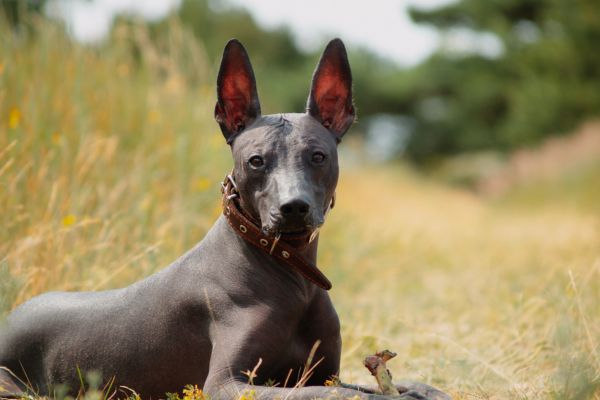

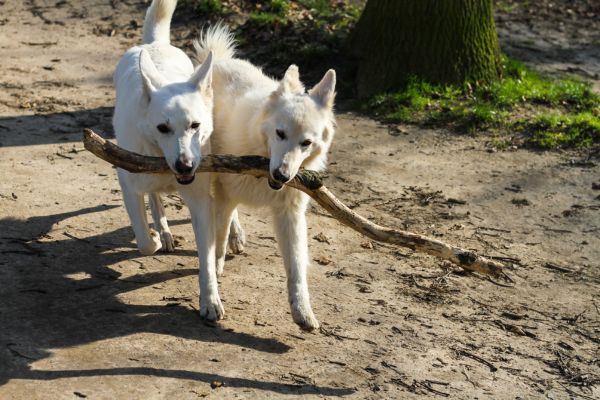
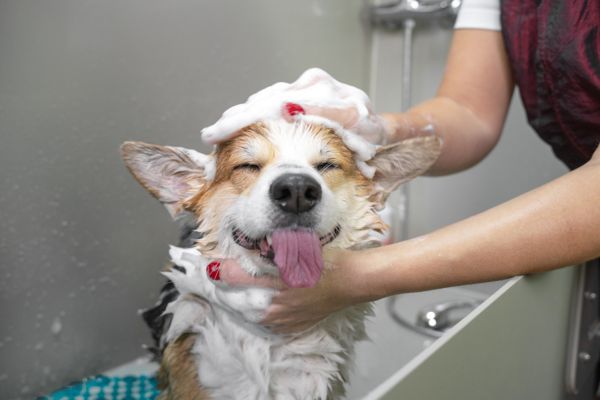
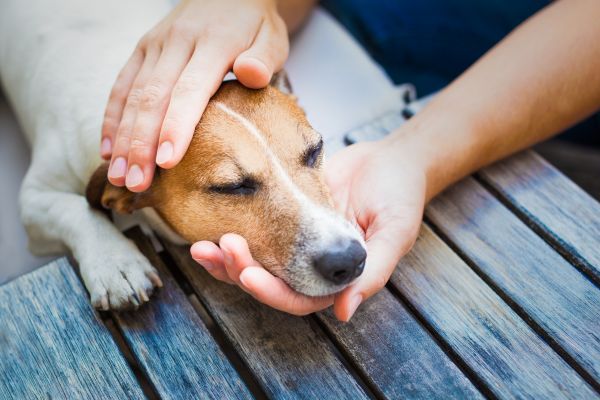






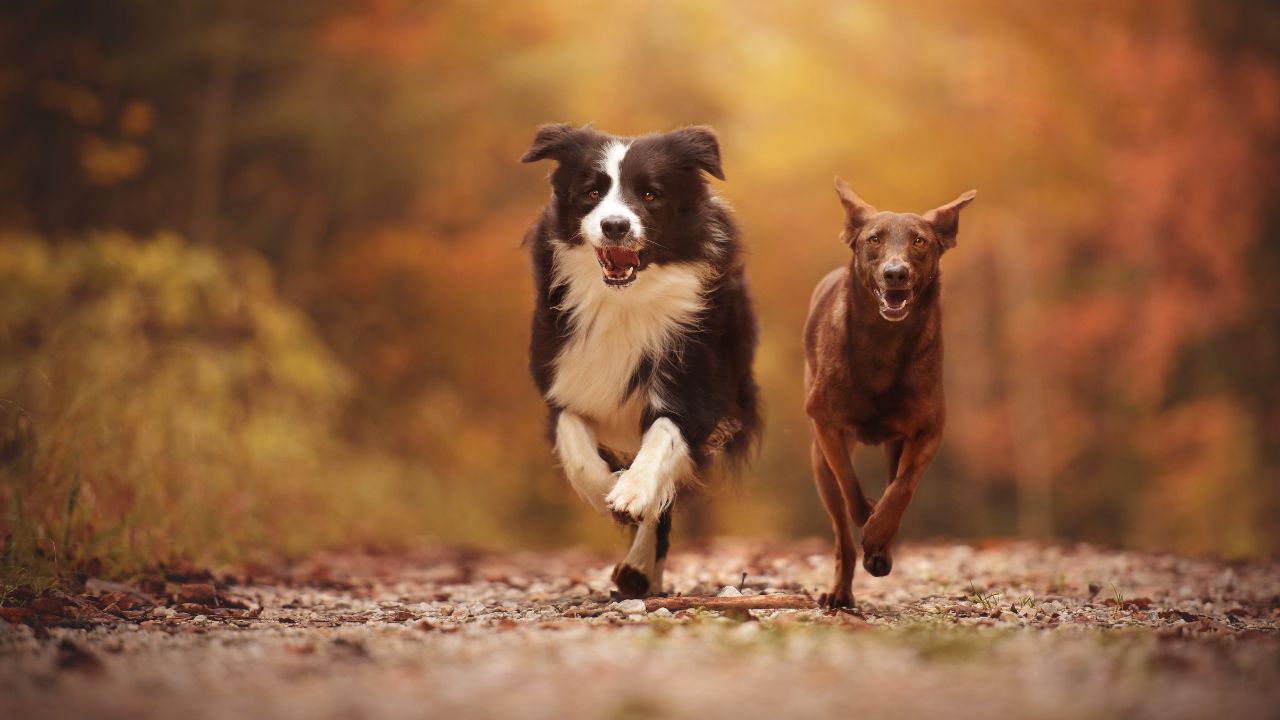
Get involved!
Comments